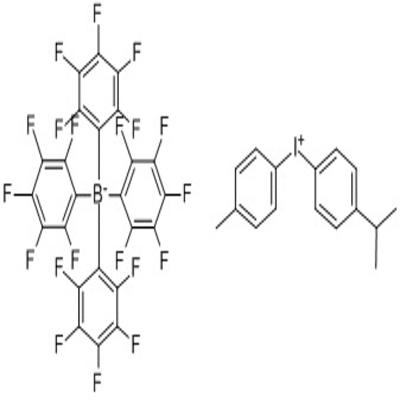-
Categories
-
Pharmaceutical Intermediates
-
Active Pharmaceutical Ingredients
-
Food Additives
- Industrial Coatings
- Agrochemicals
- Dyes and Pigments
- Surfactant
- Flavors and Fragrances
- Chemical Reagents
- Catalyst and Auxiliary
- Natural Products
- Inorganic Chemistry
-
Organic Chemistry
-
Biochemical Engineering
- Analytical Chemistry
-
Cosmetic Ingredient
- Water Treatment Chemical
-
Pharmaceutical Intermediates
Promotion
ECHEMI Mall
Wholesale
Weekly Price
Exhibition
News
-
Trade Service
4-Methylpyridazine-3-carboxylic acid is an important chemical intermediate used in various industrial applications.
The demand for this compound has been increasing steadily in recent years due to its diverse range of applications in various industries such as pharmaceuticals, agrochemicals, and chemical synthesis.
There are several methods for the synthesis of 4-methylpyridazine-3-carboxylic acid, including synthetic routes that use both natural and synthetic raw materials.
The most commonly used synthetic routes for the production of 4-methylpyridazine-3-carboxylic acid are through the reaction of 4-methylpyridine with chloroacetic acid, followed by hydrolysis of the resulting ester, and the synthesis of the compound through the reaction of 4-methylpyridine with oxalyl chloride followed by the addition of dimethylformamide.
The synthesis of 4-methylpyridazine-3-carboxylic acid through the reaction of 4-methylpyridine with chloroacetic acid is a well-established method that has been widely used in the industry.
This process involves the reaction of 4-methylpyrdine with chloroacetic acid in the presence of a solvent such as water or ethanol.
The reaction is performed at a temperature of around 50-60°C, and the resulting ester is then hydrolyzed using water or aqueous sodium hydroxide to produce the desired carboxylic acid.
Another commonly used synthetic route for the production of 4-methylpyridazine-3-carboxylic acid is through the reaction of 4-methylpyridine with oxalyl chloride in the presence of a solvent such as dimethylformamide.
The reaction is performed by first adding oxalyl chloride to a solution of 4-methylpyridine in dimethylformamide at a temperature of around -20 to -10°C.
The resulting pyridine-2,3-dione is then slowly added to the reaction mixture, and the reaction is allowed to proceed for several hours at room temperature.
The resulting carboxylic acid can then be isol





![1,2-bis(4,4,5,5-tetramethyl-[1,3,2]dioxabororan-2-yl)benzene](https://file.echemi.com/fileManage/upload/goodpicture/20210822/m20210822140734020.jpg)

